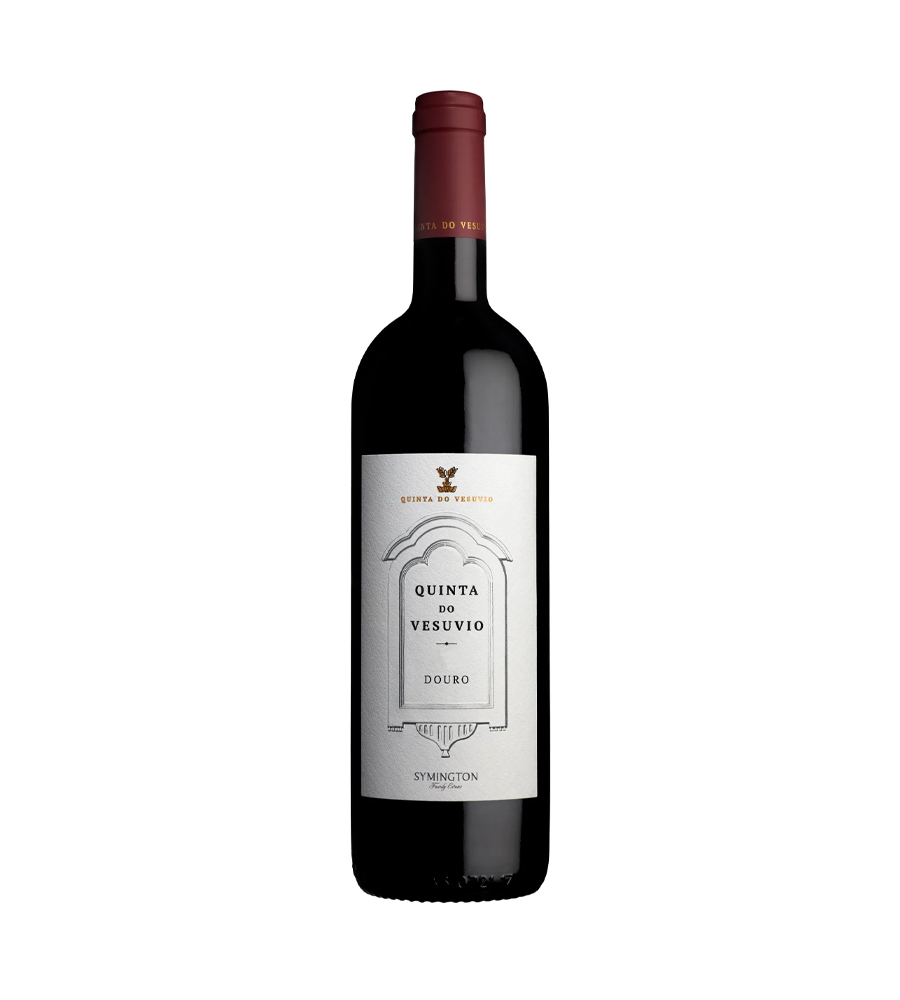Quinta do Vesuvio
Quinta do Vesuvio is one of the largest estates in the Douro and one of the most important. The magnificent house, chapel, and winery were built in 1827. The 137-hectare vineyard is predominantly north and west-facing, rising from 110 meters near the river to 450 meters. This property produces exceptionally balanced wines, among the best in the entire region. The soil is predominantly schistous, with small granite formations.
Touriga Nacionalis one of the two most important grape varieties for Vesuvio red wine and grows in Quinta Nova, at 450 meters altitude, with a westward exposure. This area of the property was acquired for the Quinta by Dona Antónia Ferreira in the mid-19th century, and she could not have imagined the importance that these high-altitude vineyards would have for the estate’s red wines in the 21st century.
The Vesuvio grapes, hand-picked at perfect ripeness in 20 kg boxes, are transported to the winery. Upon arrival at the winery, the clusters undergo an initial manual sorting, followed by gentle destemming, after which the berries are sorted before being gravity-fed into small fermentation tanks. Crushing occurs only during gravity entry into the vat, thus avoiding undesirable oxidation. Fermentations are monitored and adjusted to obtain the best of each grape variety. A post-fermentative maceration follows to extract tannins from the seeds, which complement those obtained from the skins, promoting a broader mouthfeel and increasing the aging potential.
The goal is to produce a wine with exceptional characteristics in terms of concentration, intensity, complexity, and, of course, great longevity.
Aged for 10 months in new French oak barrels of 400L. After bottling, it continues aging for an additional 6 months. It is undoubtedly a wine for aging with great potential. However, due to the well-structured nature of the wine, combining power and elegance, it can be enjoyed now with great pleasure.
Winemaking: Charles Symington, Pedro Correia, and Hugo Almeida.
Allergens information
Contains sulphites.
SKU: 105351


